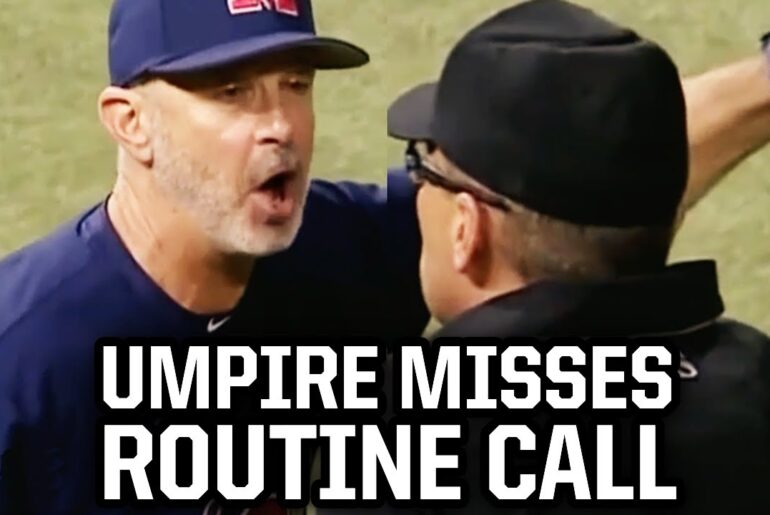In a crucial moment for the Yankees, Anthony Rizzo stepped up to the plate amidst their struggles. With Judge on first base, there was hope that they could turn things around. Rizzo, known for his fearless approach and unique batting style, faced a challenging at-bat against a left-handed pitcher with some tricky moves in his arsenal. What followed was a series of events that sparked controversy and left fans and players debating the umpire’s call. Let’s break down the Rizzo at-bat and explore the intricacies of the situation.
Setting the Scene
– Rizzo’s fearless approach involves standing close to the plate, taking away the inside pitch from pitchers.
– The left-handed pitcher, Yarby, has a deceptive delivery and an effective fastball.
The At-Bat Unfolds
1. Rizzo takes the first pitch, a sneaky fastball from behind him, and adjusts his stance on the plate.
2. He attempts a slash bunt to beat the shift when the left side is left open due to the defensive alignment.
3. The pitch hits him, but the umpire rules that he did not attempt to get out of the way.
Controversial Call
– Rizzo argues that he was trying to move away from the pitch, as he thought it was going to be behind him.
– The slow-motion replays don’t fully capture the situation, making it challenging to determine the intent.
– The umpire cites the rule that a batter must attempt to get out of the way of the pitch, not lean into it.
Defensive Arguments
– Rizzo’s movement seems to be coming forward towards the pitch, making it look intentional.
– However, the pitch’s trajectory from behind him could justify his forward movement to avoid getting hit.
Rarely Called Situation
– Similar calls, where a batter leans into a pitch, are rarely made, especially with leg movements.
– Rizzo’s frustration is heightened due to his recent slump and the team’s struggles.
The Aftermath
1. Rizzo strikes out on a breaking ball, intensifying the frustration.
2. He expresses his displeasure with the umpire’s call by slamming helmets in the dugout.
3. Rizzo discusses the call with teammates and questions where he was supposed to move.
Conclusion
The Rizzo at-bat showcased the complexities of umpire decisions and how they can impact the game’s dynamics. With tensions high and stakes even higher, one controversial call can create a ripple effect. Rizzo’s unique batting style and the pitcher’s deceptive moves made this particular at-bat a compelling and contentious moment. While the umpire’s ruling stands, the incident serves as a reminder that baseball is full of nuances, and one call can leave players and fans alike questioning the outcome of the game.



